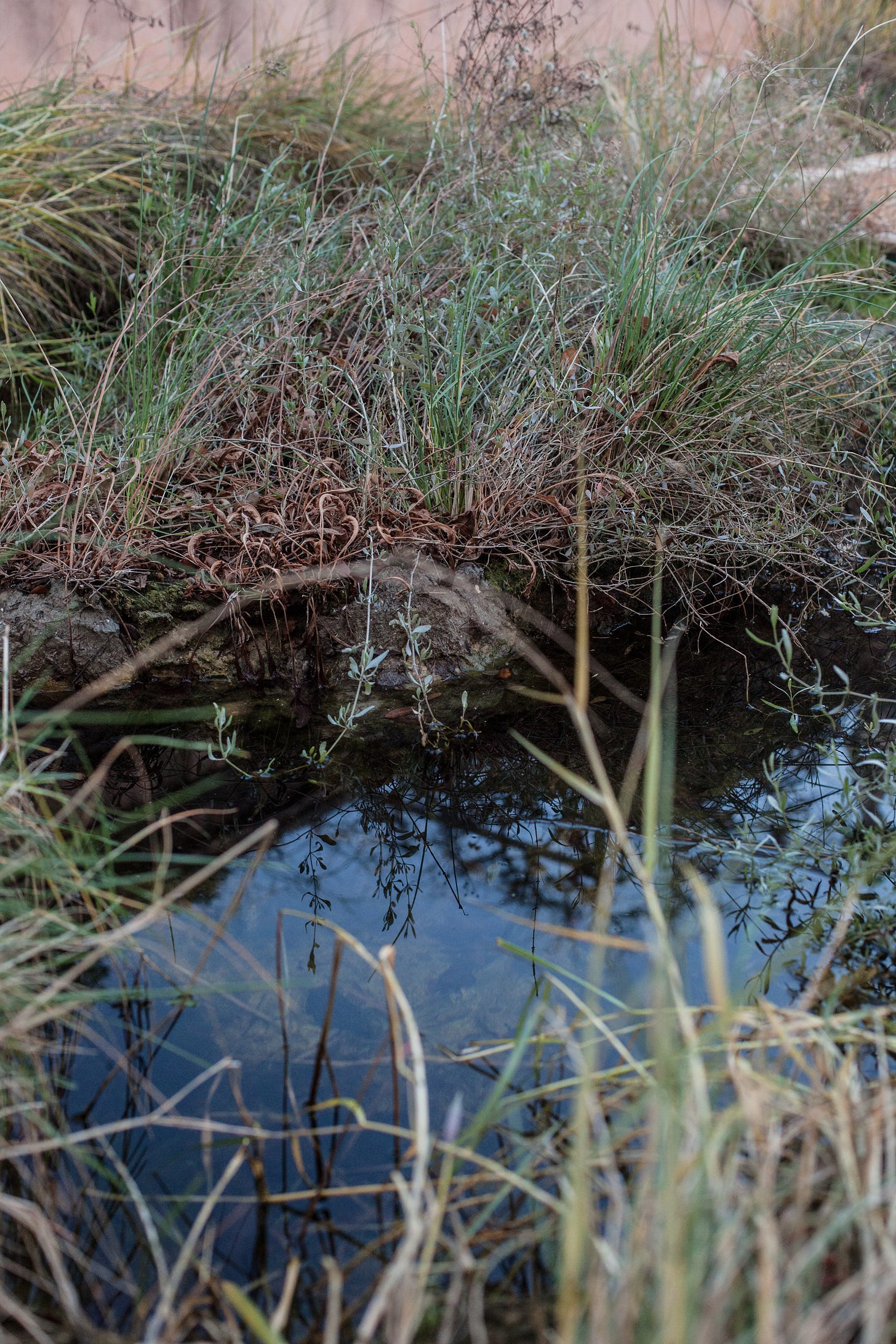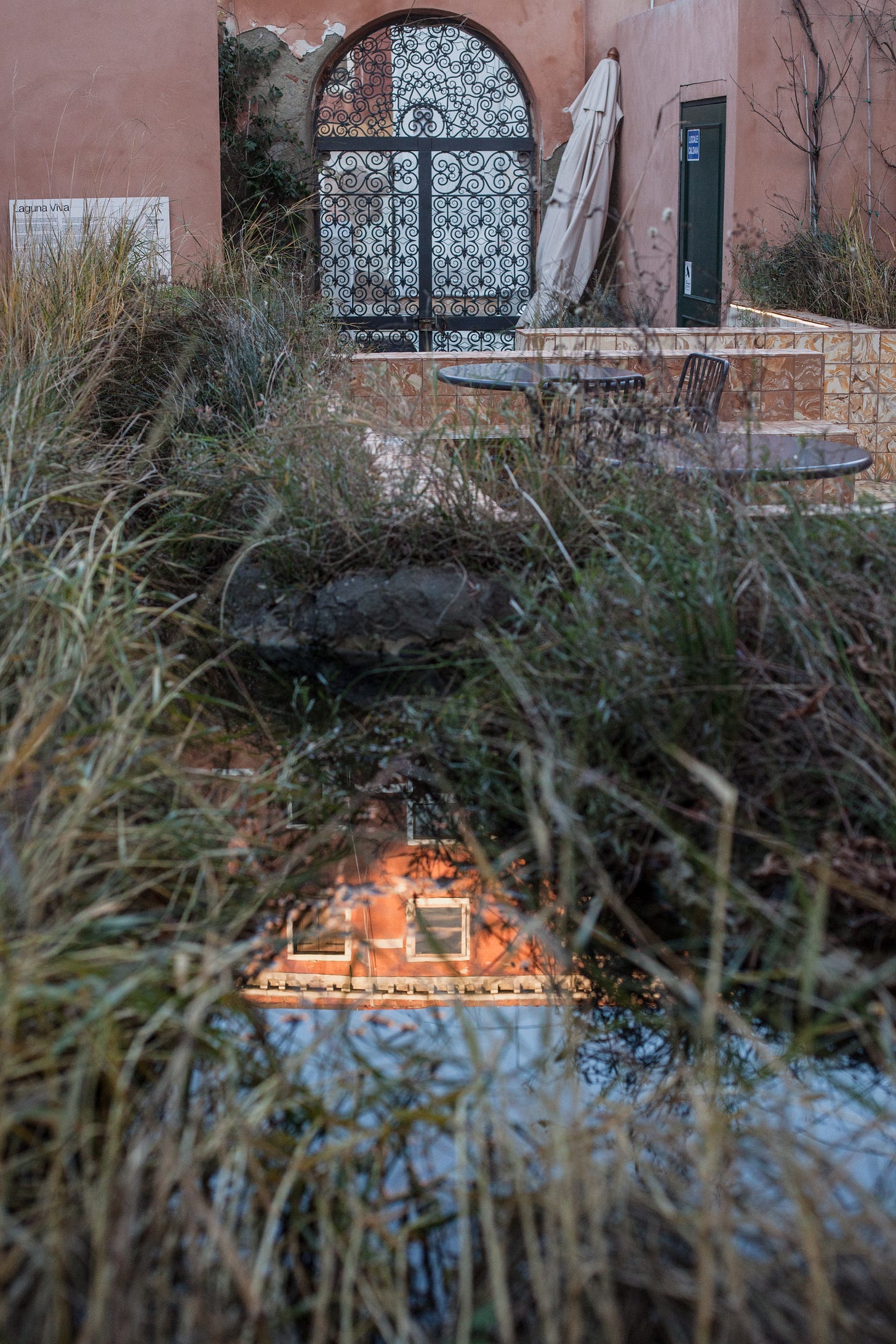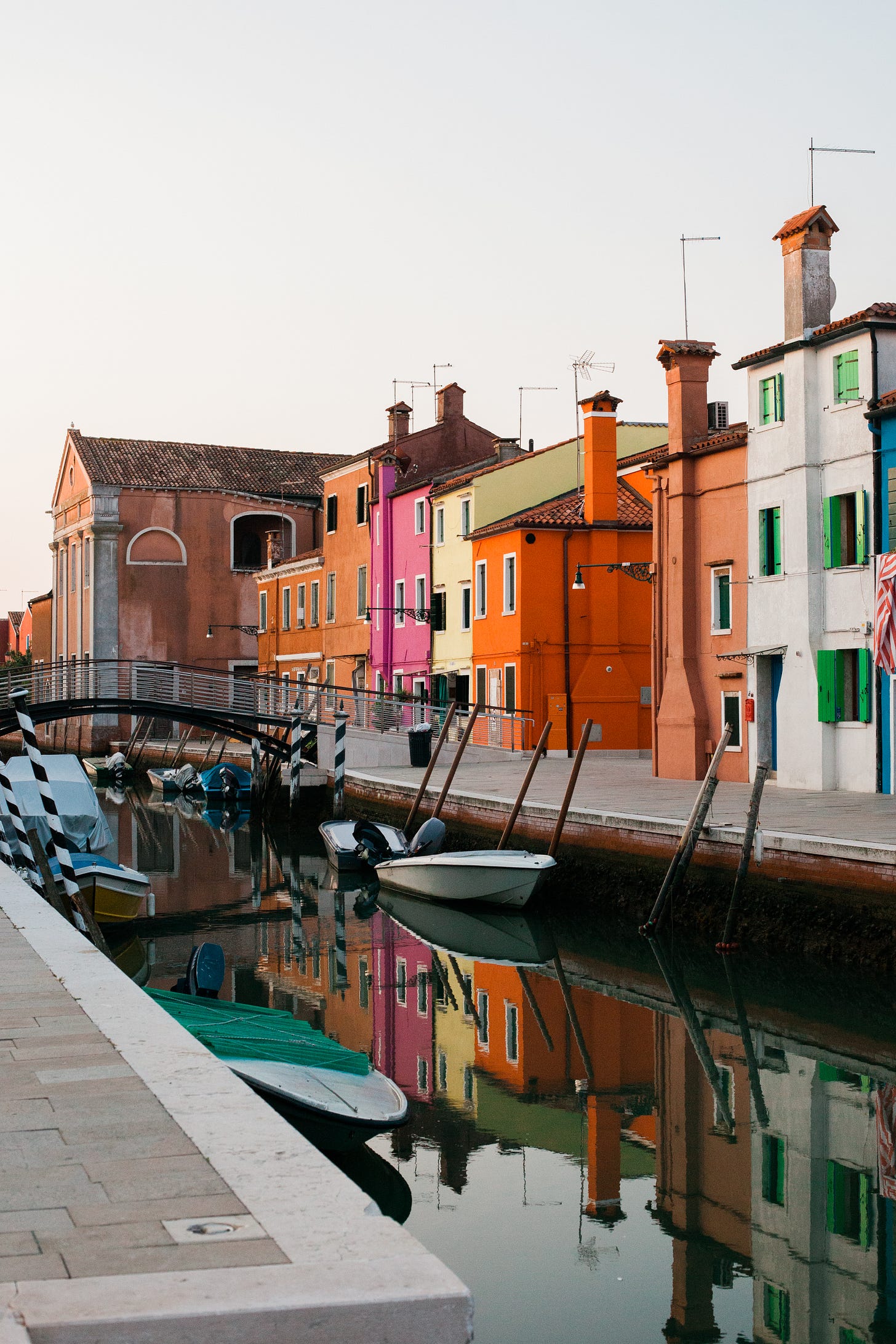Can Preserving the lagoon save Venice?
A chat with Jane da Mosto and a preview of my first lagoon workshop.
There is a lot of talk about the future of Venice lately, as if the world is looking on to see into the future of all of humanity, too. It is a uniquely resilient city, having bounced back from devastating plagues and floods in the past, continuing to flourish. But the main questions now are how Venice can cope with rising sea levels and the recurrent acqua alta, find a sustainable alternative to mass tourism and yet stay alive and vibrant as a living city.
The first thing is that to understand Venice you really need to understand its lagoon. There is no Venice without the lagoon. It has long been a rich source of wealth for Venetians in terms of supplying food, as a form of transport and connection to the outside world, but so much damage has been done over the past decades. Could restoring it have the potential to help Venice face climate change?
To find out more I spoke to Jane da Mosto, who became a poster woman for the lagoon when she was captured in June 2021 in a dramatic photograph by Michele Gallucci, standing in a small wooden row boat during a No Grandi Navi demonstration against cruise ships, looking like a warrior defending her lagoon. Da Mosto is an environmental scientist, activist and executive director of We are Here Venice, a non-profit organisation that addresses Venice’s challenges as a living city.
This is part of a larger article that I have been researching for a while now and speaking with Venetian friends about for Gourmet Traveller for their upcoming Italy Issue, a piece about what the future holds for the ancient city of Venice. I wanted to share this interview here because only a snippet of it will be in the GT piece and I feel that Jane da Mosto has so much to share on the potential of the lagoon marshes — I could listen to her talking about reeds and salt marshes all day. WahV is collaborating on a lagoon project with VITAL and glassmakers Laguna B to try to preserve this important heritage site for future generations.
I’m in the midst of planning a very special 3 night trip to Venice, very much a lagoon experience, where we will stay on the colourful island of Burano, taste lagoon wine and delicious dishes prepared with produce grown in the lagoon on Mazzorbo and Torcello islands, plus of course all the cicchetti you can imagine, my favourite museum and a walk with a historian through the backstreets that hold the oldest osterie in Venice. You’ll get the first preview of it at the end of the interview.
ED: Venice is complicated. I can’t help but think some of the issues affecting the city at the moment are the cruise ships and their impact on the city, mass tourism and the acqua alta/climate change. It seems like the recent ban on allowing cruise ships into the city proper and the idea of introducing turnstiles aren’t exactly the right answers and so I’d like to also talk about some really positive things happening for Venice. What do you think are the biggest issues facing the living city of Venice at the moment?
JdM: In November 2019 Venice hit the headlines with the worst flooding in the city for over 50 years. During the pandemic, it was in the spotlight as the emptiest city in the world, losing its vitality under the forces of mass tourism. In the middle of last year, the much awaited decision to keep cruise ships away from the heart of Venice exposed the governance complexities that are obstructing a definitive solution.
A huge question mark sits on top of how to reconcile the precious ecosystem of the lagoon, population decline, the demands of the port and mass tourism. Meanwhile, since 2020, the flood defence system [MOSE] has started working on a trial basis but what does this mean in the face of the climate emergency, rising sea levels and more frequent extreme events? Fascination with Venice no longer derives exclusively from its unique beauty and artistic heritage, it is now seen as a microcosm of global challenges mirroring the world and carrying the fate of humanity.
We are here Venice is an NGO established in 2015 that addresses Venice’s challenges as a living city and advocates evidence-based approaches to policy making. We try to illuminate current thinking about Venice and build hope for the future of Venice, and beyond. The cruise ships aren’t exactly Venice’s biggest problem but they definitely represent a kind of indicator issue and in addressing the issue, many other issues will be ironed out at the same time.
ED: I had to fight to keep the word ‘lagoon’ on the cover of my new book, the sales team didn’t like it, saying they don’t associate Venice with a lagoon and this was the point when I realised how misunderstood the lagoon is outside of Venice. I read about your lagoon sustainability project in the Financial Times — where it was quite clear that if you lose the health of the lagoon, you lose Venice itself — and I think bringing more understanding about the lagoon ecosystem is so important. How do you think managing the barene [Venice’s native salt marsh], for example (an environmental powerhouse, they are many times more efficient as storing carbon than forests) and the lagoon ecosystem can help Venice in the future?
JdM: Barene and the associated mudflats host a unique combination of plants, animals and microorganisms etc that are know to provide certain “ecosystem services” to human society, some of which are measured directly in monetary terms like providing fish for fishermen or indirectly like carbon sequestration and storage to mitigate climate change. I would add that these habitats are also very beautiful, meditative landscapes and, in the case of Venice Lagoon specifically, an important area for Mediterranean birdlife.
Considering the physical interrelationship between the built islands of Venice, the waters of the lagoon and the Adriatic, the role of marshes in attenuating tidal currents must not be ignored either, except that the extensive loss of marshes and mudflats compared to decades and centuries ago makes their importance more potential than actual. In the past five centuries, the extent of salt marsh in the Venice lagoon has diminished by five-sixths. The lagoon is increasingly showing features characteristic of a marine ecosystem rather than the mixture of physical elements, biodiversity and dynamic interrelationships that define the lagoon as a transitional environment — on the basis of which Venice and the unique Venetian civilisation came into being.
We are Here Venice strives to build better understanding of the inextricable link between the protection of the city of Venice and the health of the encircling lagoon system. The salt marsh represents the lagoon’s vital organs. There is great potential to expand the area of lagoon occupied by salt marsh and replace big bodies of open waters, and a necessity to do so.
ED: Any advice for how visitors to Venice can visit responsibly? Are there places or experiences that can be promoted or protected?
JdM: Please come for longer than a few hours, several days would be the minimum. The city isn’t unique just for its architecture or watery streets but for its rhythm. And the light, that changes with the season and the time of day. To prepare for visiting I can’t stop myself from recommending one of the TV series my husband made many years ago for the BBC - Francesco’s Venice.
It is definitely worth visiting the museums and getting an official guide.
A day or two to visit the lagoon is also a must. Classic Boats Venice has a range of boats (with and without driver) to rent for exploring the lagoon.
It is also possible to see the lagoon close-up without leaving Venice - in the garden [above] of the V-A-C Foundation at the Zattere, where we produced an installation called Laguna Viva with the UK based architecture collective, Assemble. The restaurant/bar in the space is called SudEst 1401 and you may be interested in their cuisine.
ED: Thank you so much for your time, Jane, and your expertise. I know there is so much more to learn and understand about this work. If readers are interested to know more, I can recommend a thorough look through the We are Here Venice website, along with this article A visit from the Lagoon Squad: Can Biodiversity save Venice? from Maria Shollenbarger for the Financial Times and this interview in Italian from Venezia da Vivere, Come Immagini Venezia del Futuro? Otherwise a visit to the lagoon itself, of course!
This brings me to the details of my first Lagoon Workshop, set for late May 2022.
We will have three nights together and we will based on the ancient, colourful island of Burano. Once a fishing village, the fisherman painted their rustic homes bright colours so they could see them from afar. Famous for lace and the delicious, buttery buranelli, or S-cookies, it is also a photographers paradise for the unique buildings and canals. The itinerary will look roughly like this:
Day 1: Arrival in Venice, meeting for our first aperitivo of cicchetti and spritz before taking the vaporetto to Burano and settling in. Dinner in a classic trattoria in Burano.
Day 2: Walk around Burano early in the morning before anyone else arrives! It is a special time to be there and a wonderful opportunity to take photos and enjoy the stillness. A vaporetto will take us to Torcello island for a visit and lunch, then back over to Mazzorbo island to visit the walled garden of Venissa, where they grow vegetables and have revived an ancient Venetian grape, for wine tasting. Dinner at the Michelin starred restaurant of Venissa and walk back to Burano over the wooden bridge that connects the two islands.
Day 3: Visit to the Rialto markets and a look at all the wonderful late spring produce. We will have a walk with Venice historian Rosa Salzberg through the backstreets of the Rialto, with some of the most ancient osterie, and of course plenty of stops for cicchetti along the way. There will be free time for shopping, coffee and pastries in a wonderful campo and a visit to my favourite museum, and we will end the evening in a charming neighbourhood osteria for natural wine and a locally sourced meal before heading back on the vaporetto to our island bed.
Keen to know more? Email me at workshops@emikodavies.com and I will also let you know first when workshop registration is open!









Thank you for this insightful interview. Looking forward also to the GT article also:)
Wow ! Thank you for this article
Do you have a date planned for your workshop In Burano already ?